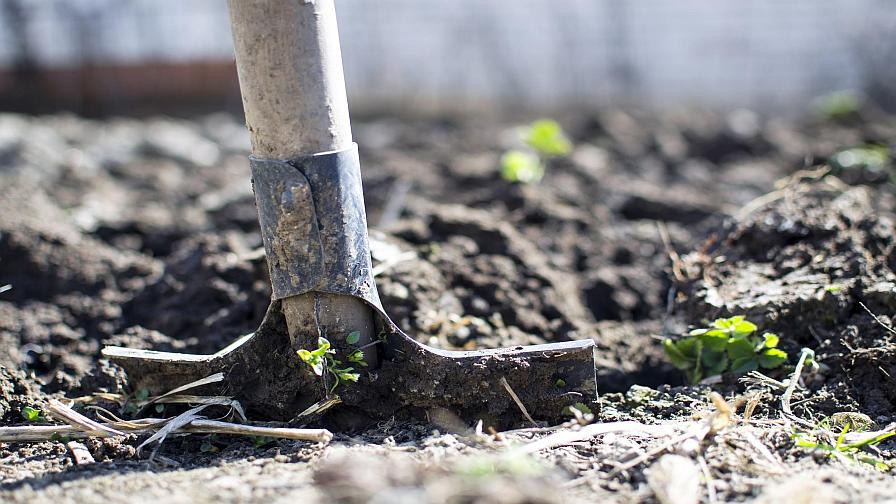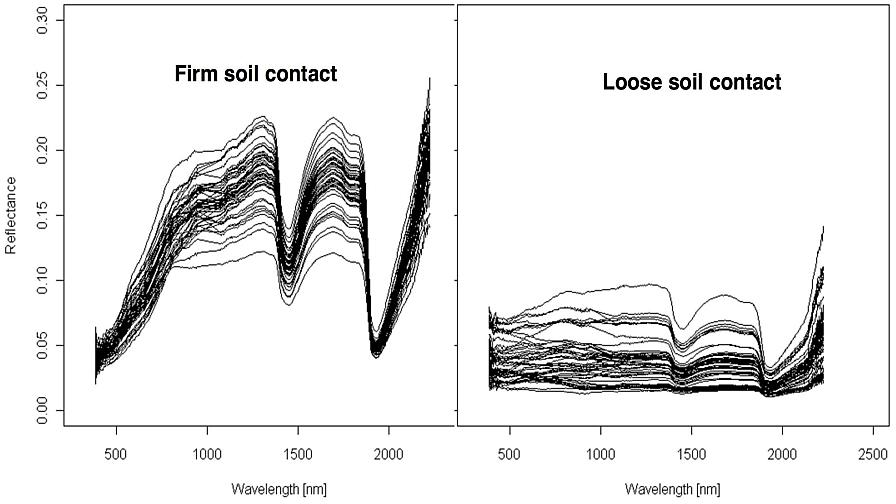Leveraging IoT to Improve Data Collection for Agriculture
 Between population growth and climate change, farms of all sizes are being challenged to increase yields. Internet of Things (IoT) technologies are showing promise in addressing these challenges, particularly with the use of field sensors. Today’s field sensors typically encompass soil moisture and nutrition, thermal and spectral imaging, plant health and growth monitoring and optical weed detection. The primary goals of these field sensors are generally twofold: to optimize the use of agricultural inputs, such as fertilizer or water, and to catch and monitor pests.
Between population growth and climate change, farms of all sizes are being challenged to increase yields. Internet of Things (IoT) technologies are showing promise in addressing these challenges, particularly with the use of field sensors. Today’s field sensors typically encompass soil moisture and nutrition, thermal and spectral imaging, plant health and growth monitoring and optical weed detection. The primary goals of these field sensors are generally twofold: to optimize the use of agricultural inputs, such as fertilizer or water, and to catch and monitor pests.
Studies by software provider OnFarm have found that these new IoT technologies already result in a 35% reduction of energy costs, an 8% reduction in irrigation water use and a 1.7% yield increase. Longer-term, growers should see yield improvements closer to 15% based on estimates from Beechum Research.
Although these sensing technologies offer huge promise, the gap between yield increases of 1.7% and 15% is a large hurdle to cross. With system integration approaches applying off-the-shelf generic technologies, growers are currently faced with technologies offering unproven commercial value, significant complexity and a proof-of-concept based approach that is often at odds with their real needs. This is because the deployed equipment is not standardized. It is only intended to last short-periods of time and is too expensive for broad deployment. The researchers and startups developing these new technologies are often doing so without input or feedback from growers. As their investors push for real world data to support commercial potential, growers are left in the middle with a hodgepodge of hardware and data and little continuity to translate this into long-term value.
Collecting Data Traditionally
Many farms today are already collecting data, but there are significant challenges with the methods used. On a typical commercial farm, field sensor data is centralized with an agronomist, who is often offsite. This is necessary because of the lack of proven ability to automate insights, complexity of fertilizer prescriptions and the wide variety of actions that can be taken based on the raw data and derived insight. Gathering this data in the first place is a challenge because, in many cases, connectivity is sparse, and sensor data is only collected (often manually) 3-4 times per season to be aligned with large steps in the growing process. Additionally, until now, many sensors have been costly, forcing farmers to deploy them sparingly. Since conditions can vary significantly across even small areas, this setup isn’t ideal.
Although some simple sensors such as soil moisture and temperature can be deployed in the field to capture data autonomously, many require manual data collection, which causes issues with the data. One example of how unskilled installation and data collection can lead to bad data is with a spectrometer, which is used to analyze soil composition. The dataset collected can be radically different based on how firmly it is in contact with the soil. The following figure from a study by Leibniz-Institute for Agricultural Engineering (page 59) in Germany depicts how significant these differences can be.
Since the data is ultimately centralized with an agronomist, any issues with the data itself takes time to identify and can be laborious to rectify. These activities also include normalizing data – particularly important when different sensor manufacturers or data collection intervals are used. Unskilled resources in the field collecting the data can compound this further. Of the massive amount of data generated, in the end, only a small subset is actually used for analysis, which limits the insights that can ultimately be gleaned.
The time the agronomist spends cleaning and parsing data doesn’t benefit the grower and causes delays between data collection and action. In the case of a disease or pests, this radically impacts the risk to the grower.
Using IoT to Streamline Operations
In an IoT-based solution, the data collection cycle becomes highly automated, immediately reducing labor costs. Sensors themselves can identify potential issues with the data, and, in some cases, take action such as re-calibration, resulting in a much higher-quality dataset that requires much less effort. Getting this accurate data to the agronomist in real-time is also streamlined by modern technologies like long-range communication, which connects remote areas cost-effectively and edge processing that does analysis on the data before it even gets to the agronomist. This not only allows any issues in data to be identified early, it also allows for continuous adjustments throughout the growing season. Instead of identifying a problem when it’s too late to act, a grower may be able to address a disease or nutrient issue early.
Even though sensors are more intelligent and better connected, the cost can still be less expensive. This means more sensors can be deployed over a broader area of the field. It may even make sense to use redundant sensors in situations where calibration issues or hardware damage is more likely. Moisture and nutrients will be retained differently in different types of soil, driving tremendous value for this improved granularity.
These factors translate to simpler sensors from an operational perspective and allow better translation of sensor data to insight. This allows a broader variety of field sensors to be deployed – including those that were once not considered due to complexity and cost. Improved data collection practices and near real-time access to insight becomes available to growers at price points that allow adoption at smaller facilities and while addressing value creation opportunities that exist today broadly across many farms.
A Glimpse into the Future
IoT-based approaches lead to lower risk and improved yield for growers in both the short and long-term. Better data from more sensors in real-time means improved insight and action. Some of these benefits are being driven using platforms that bring together multiple field sensors, external data sources and third-party tools to create a single repository where an agronomist and farm manager can dig into their field performance.
In the future, these platforms can improve yields even further using autonomous recommendations. As algorithms are developed via machine learning that can take sensor inputs and automatically adjust and automate operations, such as irrigation or fertilizer prescriptions and applications. Growers can save time and reduce variable costs while also improving the production of their fields. They enable more rapid and lower-risk testing of new technologies and approaches and offer opportunities for benchmarking against past performance or from one field to another. These techniques cannot be easily applied using traditional methods, but an IoT approach can often have a payback period of less than a single growing season.
Although growers are presented with more technology options than ever, achieving the yield improvement opportunity target of 15% and beyond relies heavily on the selection of IoT platform technologies that directly address these challenges. The ability to integrate many different types of sensors simply, quickly and cost effectively is at the core. But, these platforms need to also address sensor automation and data quality, support a shift from discrete to automated data collection cycles and offer a more long-term oriented hardware and software lifetime.
At infiswift, we support just this type of forward-thinking. We offer a platform built with a set of technologies and components that empowers edge intelligence and flexibility while scaling as more data is generated from different sources over time. This approach enables field sensors to be more broadly deployed very cost effectively even on smaller commercial farms where competitive pressures to increase productivity can be challenging for growers.










